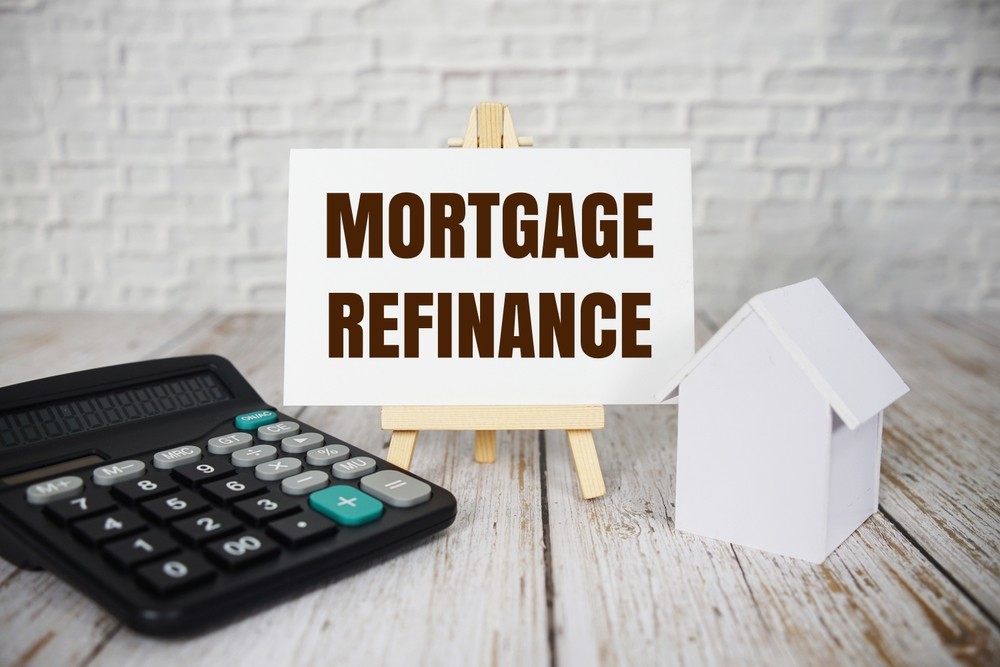The path to homeownership is often considered one of the most significant financial journeys a person can embark on. It’s a journey filled with excitement, responsibility, and a multitude of decisions that can have a lasting impact on your financial health. Among these decisions is the option to refinance your home mortgage. Refinancing, when executed wisely, can provide homeowners with opportunities to reduce their interest rates, lower monthly payments, consolidate debt, or shorten the term of their loan. However, like most financial decisions, refinancing comes with its own set of risks and considerations that every homeowner should be aware of before committing to this process.
Understanding Refinancing
Refinancing a mortgage involves replacing your existing home loan with a new one, often under different terms. The primary goals are typically to obtain a lower interest rate, reduce the monthly payment, access home equity, or switch from an adjustable-rate to a fixed-rate mortgage. While these goals can be beneficial, they do not come without potential downsides.
Common Reasons for Refinancing
Before delving into the risks, it’s essential to understand the common motivations behind refinancing:
- Lowering Interest Rates: A significant drop in market interest rates can prompt homeowners to refinance to save money.
- Reducing Monthly Payments: By either securing a lower interest rate or extending the loan term, monthly payments can decrease.
- Switching Loan Types: Transitioning from an adjustable-rate mortgage (ARM) to a fixed-rate mortgage provides payment stability.
- Accessing Home Equity: Cash-out refinancing allows homeowners to tap into their home equity for other expenses or investments.
- Paying Off the Loan Faster: Shortening the loan term is possible through refinancing, which may lead to higher individual payments but less interest over time.
Potential Risks of Refinancing
Despite the potential benefits, refinancing also comes with inherent risks that should be carefully evaluated. Here are the primary risks homeowners should consider:
Closing Costs and Fees
Refinancing is not without costs, which can sometimes outweigh the savings. Closing costs typically range from 2% to 5% of the loan amount and can include expenses such as loan origination fees, appraisal fees, title search payments, and more. Without careful planning, these costs can negate any financial benefit from a slightly lower interest rate.
Extended Loan Terms
Refinancing to reduce monthly payments often involves extending the loan term. While this approach can offer relief in the short term, it might mean paying more interest over the life of the loan. Extending a 15-year term back to 30 years, for example, can significantly increase the total interest paid, even with a lower rate.
Impact on Credit Score
When you apply for a refinance, lenders carry out a hard inquiry on your credit report, which can temporarily lower your credit score. Additionally, closing an old mortgage account and opening a new one might impact your credit history and average age of accounts, further affecting your credit score.
Decreased Home Equity
Cash-out refinancing, while useful for accessing equity, can diminish the equity you’ve built in your home. This results in higher loan amounts and greater financial risk. If property values decline or if you face a need to sell the house, reduced equity can pose significant challenges.
Adjustable-Rate Mortgage Concerns
For those refinancing from an ARM to a fixed-rate mortgage, it’s crucial to consider the timing. Sometimes rates offered for fixed-rate mortgages might not be significantly lower than the rate of an ARM, especially if extended too far into the future. If the crossover from ARM to a fixed rate doesn’t align favorably with market trends, it might result in minimal savings.
Potential Prepayment Penalties
Some existing loans may have prepayment penalty clauses. These penalties are triggered when the borrower pays off the loan early, either to refinance or sell the home. Ensure that your current mortgage contract is thoroughly reviewed to identify any such clauses that could diminish the financial benefits of refinancing.
Factors to Consider Before Refinancing
Given these risks, it’s key to approach refinancing with a thorough understanding and strategic planning:
- Assess Current Financial Situation: Evaluate your financial goals, budget, and future plans to determine if refinancing aligns with your overall strategy.
- Shop Around: Just as you did when you obtained your original mortgage, compare offers from multiple lenders to find the best rates and terms.
- Calculate Break-Even Point: Determine how long it will take to recoup the closing costs of refinancing through lower monthly payments to ensure it’s a sound investment.
- Review Loan Terms: Compare the terms of the new loan against your current loan carefully, focusing not only on interest rates but also on fees, the timeline, and any prepayment penalties.
- Consider Future Plans: If you plan to move or sell your home within a few years, refinancing may not provide the intended benefits.
The Strategic Implementation of Refinancing
A well-executed refinancing strategy can lead to substantial savings and financial benefits. Here are strategic approaches to maximize the benefits while minimizing risks:
Timing Is Key
Evaluating the current economic environment is crucial. Monitoring interest rate trends and assessing the predictions for future rate changes can guide decision-making. For instance, refinancing when rates are at historic lows can lock in long-term savings.
Opt for No-Closing Cost Refinancing
Some lenders offer no-closing cost refinancing options. These deals may come with slightly higher interest rates but can be beneficial if you lack the funds for upfront costs. Compare the long-term impact of these options before making a choice.
Consider Refinancing for a Shorter Term
If financially feasible, refinancing into a shorter-term loan can lead to significant interest savings over the life of the loan. Higher monthly payments require careful budget consideration, but the long-term savings are often compelling.
Leverage Home Equity Wisely
If opting for cash-out refinancing, ensure the withdrawal of equity serves a crucial, beneficial purpose—such as home improvements that can increase property value or paying off high-interest debt, rather than discretionary spending that doesn’t contribute to financial stability.
Refinancing your mortgage is a significant financial decision, loaded with both potential benefits and risks. Becoming fully informed about various aspects and implications of refinancing can help homeowners navigate this complex process with confidence. Understanding all the potential outcomes, costs, and future scenarios will ensure that refinancers are making decisions that proactive and supportive of their long-term homeownership goals. Careful planning and consideration can make refinancing a beneficial move that aligns with your financial objectives and helps secure a more stable financial future.



